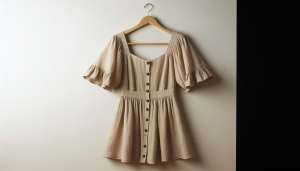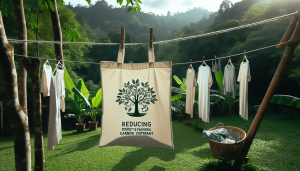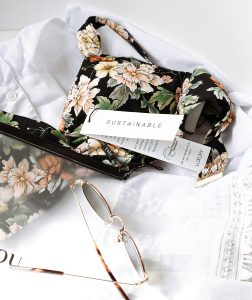How often do we find ourselves lamenting over the rapid wear and tear of our favorite clothing pieces? It seems like no matter how much we spend on those perfect jeans or that cherished sweater, they just don’t stand the test of time. But what if there were strategies we could use to extend the life of our clothing?
Understanding Fabric Types and Their Lifespan
Natural vs. Synthetic Fabrics
Understanding the difference between natural and synthetic fabrics can be a game-changer. Natural fabrics like cotton, linen, and wool are derived from plants or animals and are typically more breathable. However, they might not be as durable as synthetic fabrics like polyester or nylon, which are man-made and often treated to resist wrinkles and stains.
| Fabric Type | Durability | Care Instructions |
|---|---|---|
| Cotton | Medium | Machine wash cold, avoid high heat |
| Linen | Low to Medium | Hand wash or machine wash on gentle, avoid high heat |
| Wool | Medium to High | Hand wash or dry clean, avoid wringing or stretching |
| Polyester | High | Machine wash warm, avoid high heat and ironing |
| Nylon | High | Machine wash warm, avoid bleach and high heat |
Blended Fabrics
Blended fabrics, such as cotton-polyester blends, combine the best aspects of both natural and synthetic materials. These blends tend to be more durable while still offering some breathability. They are often easier to care for, but it’s crucial to check the care label for specific instructions.
Proper Washing Techniques
Sorting Your Laundry
The simple act of sorting our laundry can make a significant difference in the longevity of our clothes. Separating darks from lights, and delicate items from sturdier ones, helps prevent colors from bleeding and fabrics from wearing out prematurely.
Choosing the Right Detergent
Not all detergents are created equal. Some are specifically designed for delicate fabrics, while others are formulated to tackle tough stains. Opting for a gentle, eco-friendly detergent that is free from harsh chemicals can go a long way in preserving the fibers of our clothing.
Optimal Washing Conditions
Using cold water for washing can prevent colors from fading and fabrics from shrinking. Additionally, choosing the right washing cycle—delicate for fragile fabrics and normal for sturdier ones—can help ensure that our clothes are not subjected to unnecessary stress.
| Washing Condition | Benefit |
|---|---|
| Cold Water | Prevents color fading and shrinking |
| Gentle Cycle | Reduces wear and tear on fabrics |
| Proper Detergent | Protects fibers and removes dirt |
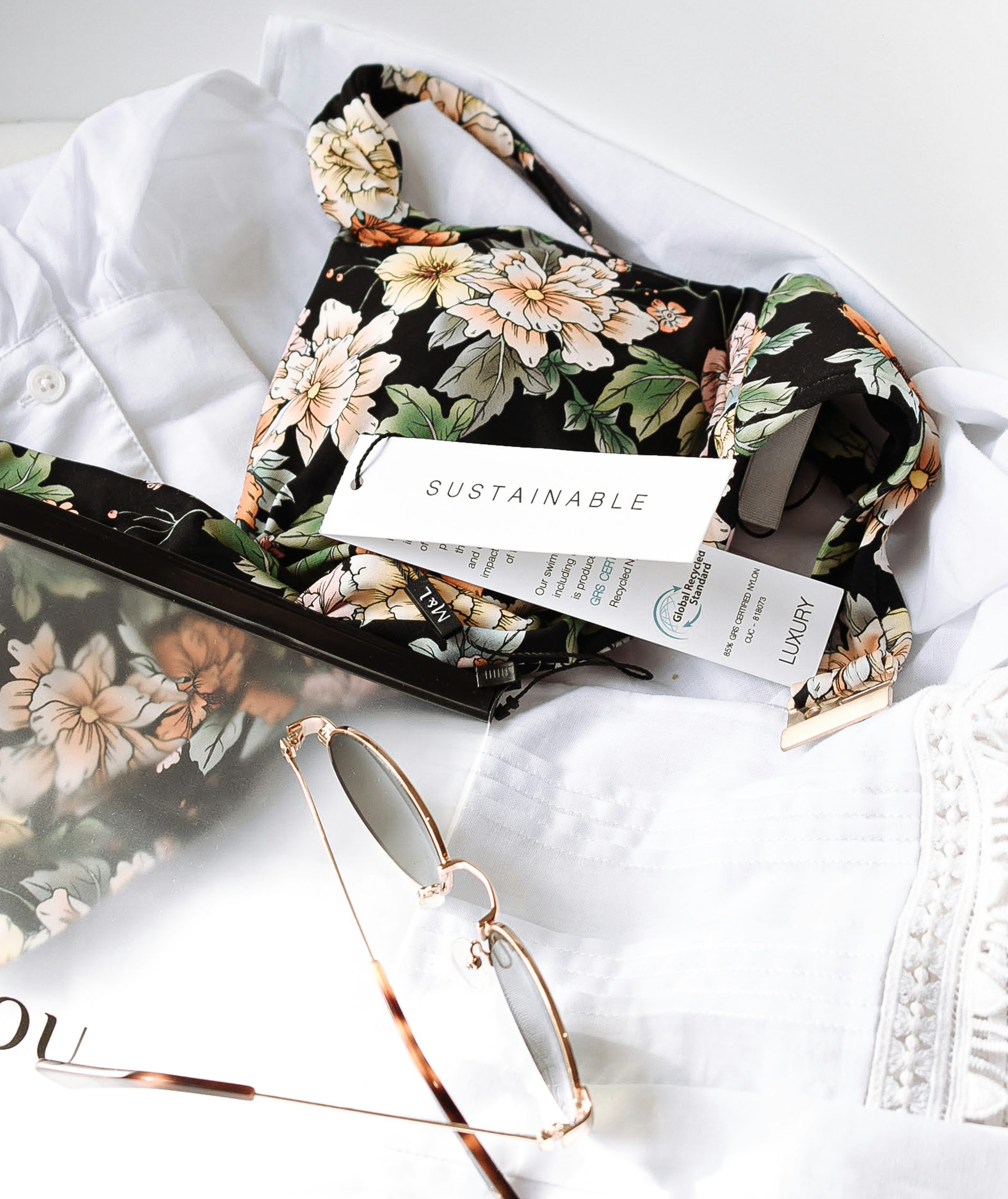
Correct Drying Practices
Air Drying
Whenever possible, air drying is the best option for extending the life of our clothes. It minimizes the risk of shrinkage and damage caused by high heat. Hanging clothes on a drying rack or laying them flat to dry helps maintain their shape and integrity.
Careful Use of the Dryer
If we must use a dryer, opting for the lowest heat setting and removing clothes while they are still slightly damp can reduce the damage. Over-drying is one of the leading causes of fabric breakdown.
Using Dryer Balls
Dryer balls can help reduce drying time and prevent clothes from clumping together. This leads to a more even distribution of heat and less friction between garments.
Storage Tips for Longevity
Folding vs. Hanging
Certain fabrics are best stored folded, to avoid stretching and distortion. Sweaters and knits, for example, should be folded and laid flat. Items like blouses and trousers can be hung up but should be given ample space to avoid creasing.
Seasonal Storage
When storing clothes for a season, it’s important to clean them thoroughly to prevent stains from setting in and to keep pests at bay. Using breathable garment bags and storing clothes in cool, dark places can also help prolong their life.
Preventing Moth Damage
Natural fabrics, especially wool, are susceptible to moth damage. Using cedar blocks or lavender sachets in our closets can deter these pests without resorting to harsh chemicals.
| Storage Method | Benefit |
|---|---|
| Folding | Prevents stretching and distortion |
| Hanging | Keeps clothes wrinkle-free with spacing |
| Seasonal Storage | Maintains cleanliness and prevents pests |
| Cedar/Lavender | Natural moth deterrents |

Handling Stains Effectively
Immediate Action
Treating stains as soon as they occur can prevent them from becoming permanent. Blotting, rather than rubbing, helps to lift the stain without pushing it deeper into the fibers.
Homemade Stain Removers
Household items like baking soda, vinegar, and lemon juice can be effective stain removers. Knowing which substance to use for different types of stains is key. For instance, vinegar works well on sweat stains, while baking soda can tackle oil-based stains.
| Stain Type | Remedy |
|---|---|
| Sweat Stains | Vinegar and water solution |
| Oil-Based Stains | Baking soda paste |
| Ink Stains | Rubbing alcohol |
Professional Cleaning
Some stains are stubborn and might require professional attention. Dry cleaners specialize in removing tough stains without damaging our clothes. Investing in professional cleaning for high-value items can be worthwhile in the long run.
Repairing and Upcycling
Simple Repairs
Basic sewing skills can help us fix minor issues like loose buttons, torn seams, and small holes. Investing in a simple sewing kit and learning the basics can save us from discarding items prematurely.
Upcycling Old Clothes
Transforming old clothes into something new and fashionable is not only sustainable but also a fun creative project. Turning old jeans into shorts or repurposing a worn-out sweater into cushion covers can give new life to our beloved garments.
Professional Tailoring
If we have pieces that don’t fit well or are slightly damaged, taking them to a professional tailor can make a world of difference. Tailors can adjust the fit, repair damages, and sometimes even remodel garments to suit current trends.

Investing in Quality Over Quantity
Analyzing the Stitching
When purchasing new clothes, scrutinizing the stitching can offer insight into the garment’s durability. Tight, even stitches typically indicate a high level of craftsmanship, which often translates to longer-lasting clothing.
Fabric Weight and Texture
Heavier fabrics tend to be more durable. Feeling the texture and weight of the fabric can give us clues about its longevity. Though lightweight fabrics have their place, everyday wear items should ideally be made from more robust materials.
Ethical and Sustainable Brands
Many brands are now focusing on sustainability, producing high-quality, durable garments using eco-friendly practices. Investing in pieces from such brands can often lead to better-quality items that last longer.
Adopting Sustainable Fashion Habits
Choosing Timeless Styles
Trends come and go, but classic styles remain relevant. By choosing timeless pieces, we ensure that our wardrobes stay fashionable for years, reducing the need for frequent replacements.
Capsule Wardrobe
A capsule wardrobe consists of a limited number of versatile clothing items that can be mixed and matched. This approach promotes mindful purchasing and ensures that every piece in our wardrobe gets ample use, reducing the wear and tear from frequent washing and handling.
Second-Hand Shopping
Thrift shops and second-hand stores offer unique, high-quality pieces at a fraction of the price. Buying second-hand not only supports sustainable fashion but also allows us to find durable, one-of-a-kind items.
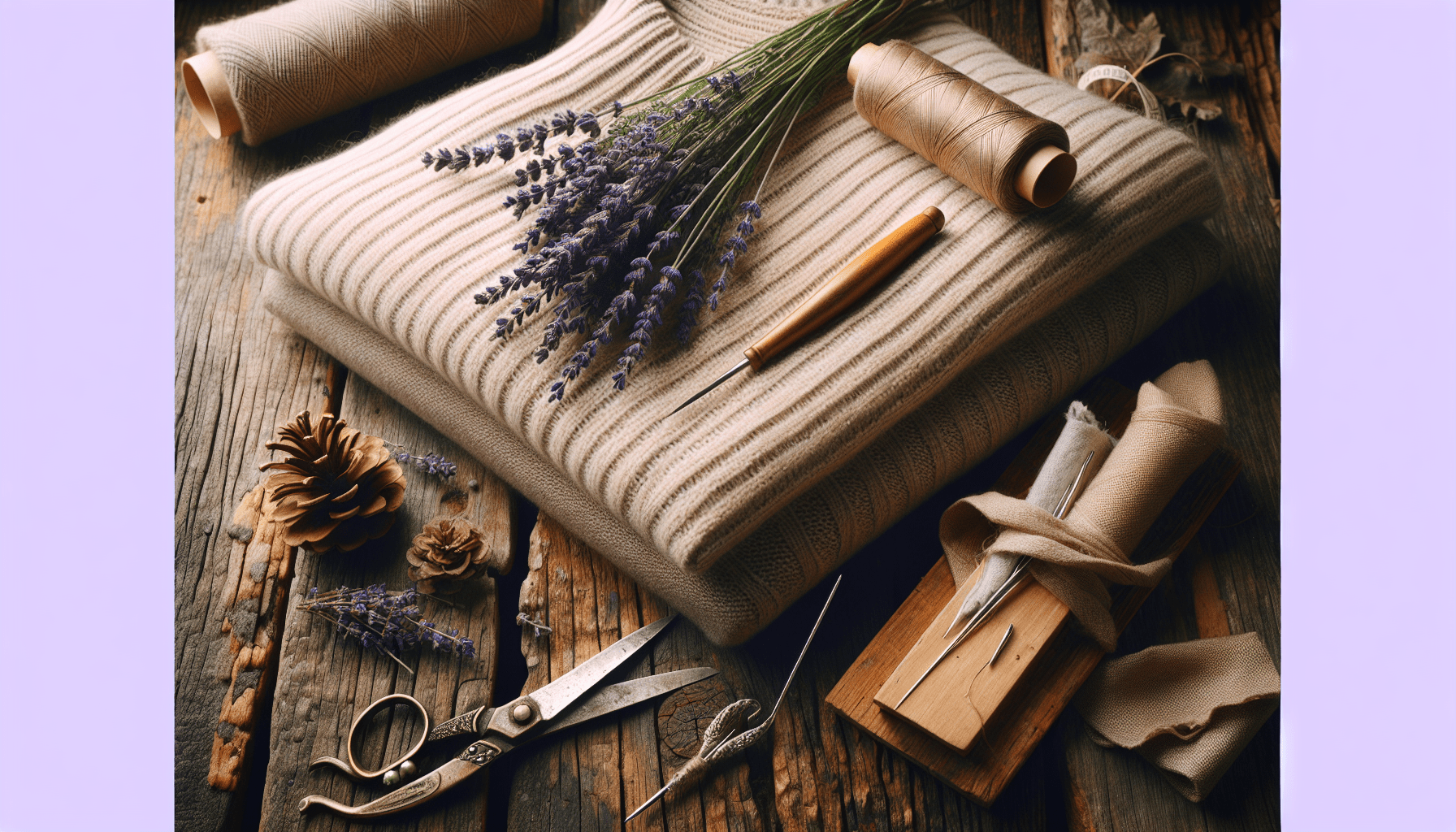
Environmentally Friendly Practices
Reducing Microfiber Pollution
Synthetic fabrics release microfibers into waterways during washing, contributing to pollution. Washing such items less frequently, using laundry bags designed to capture microfibers, and opting for natural fabrics when possible can help mitigate this issue.
Water and Energy Conservation
Using cold water for washing and minimizing the use of dryers not only prolongs the life of our clothes but also conserves water and energy. Being mindful of our laundry habits can have a positive environmental impact.
Learning From Other Cultures
Minimalist Approach
Many cultures around the world embrace minimalism, focusing on owning fewer, but higher-quality clothing items. Adopting a minimalist mindset can help us prioritize quality over quantity and make more sustainable fashion choices.
Traditional Repair Techniques
In some cultures, traditional repair techniques like Japanese Sashiko (decorative reinforcement stitching) or Indian Kantha (running stitch for quilting) are passed down through generations. Learning and incorporating these techniques can add a unique flair to our clothing while extending its life.
Conclusion
In a world of fast fashion, making our clothing last longer is both an economical and environmental necessity. By understanding fabrics, adopting proper washing and drying techniques, investing in quality pieces, and embracing sustainable fashion practices, we can significantly extend the life of our wardrobe. Together, we can make a difference, ensuring that our favorite garments serve us well for years to come.
Whether it’s through meticulous care, creative upcycling, or conscientious purchasing, every effort we make contributes to a more sustainable and stylish future. Let’s take these steps not just for our wardrobes, but for the health of our planet as well.

